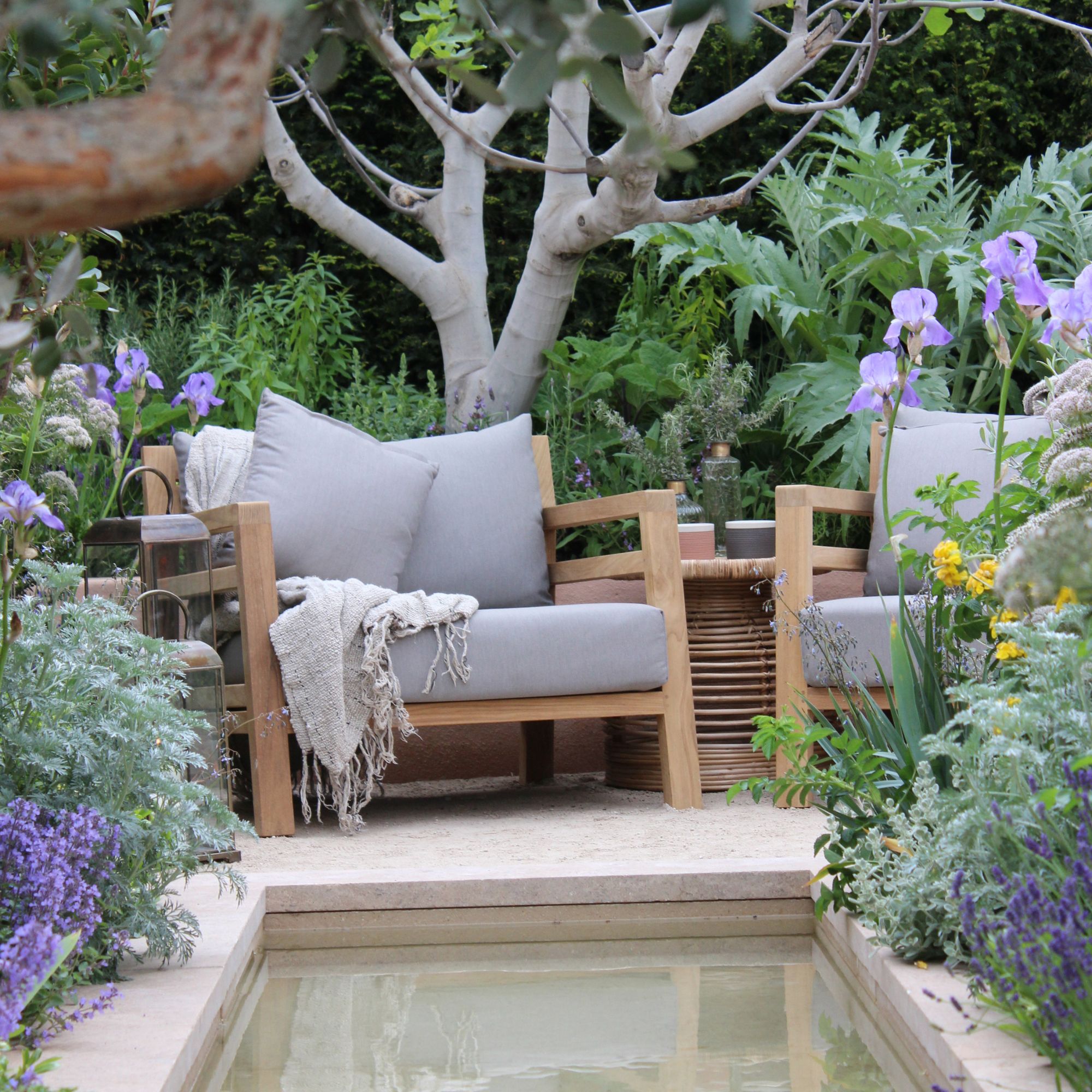
Planning your garden with fragrance to the fore adds an extra dimension, in daytime as you brush past herbs and aromatic foliage, and as darkness falls, when heady perfumes scent the evening air.
Whatever the size of your outdoor space, large or small, patio or balcony, making it a fragrant garden is one of the most beneficial well-being garden ideas you can embrace.
Pleasant scents can improve our mood, and therefore help our well-being. A recent scientific study – published in the Progress in Neurobiology journal - found that above all five senses, smell has the power to improve brain function.
Scientists say that when we inhale, aroma molecules immediately trigger a response from the most evolutionary ancient part of the brain, the hippocampus. This is the part which stores all our memories and emotional responses to outside stimulation.
If you want to know how to create a fragrant garden, here’s where to start.
How to create a fragrant garden?
When you’re planning to create a fragrant garden, think about what you want from it.
'Do you want a calming or stimulating space? Or a combination of both?' says Mark Emery, training and education officer at gardening for health charity, Thrive. 'Stronger-smelling plants can be good at stimulating, while softer smells can be calming. It depends very much on your personal feelings about different scents.'
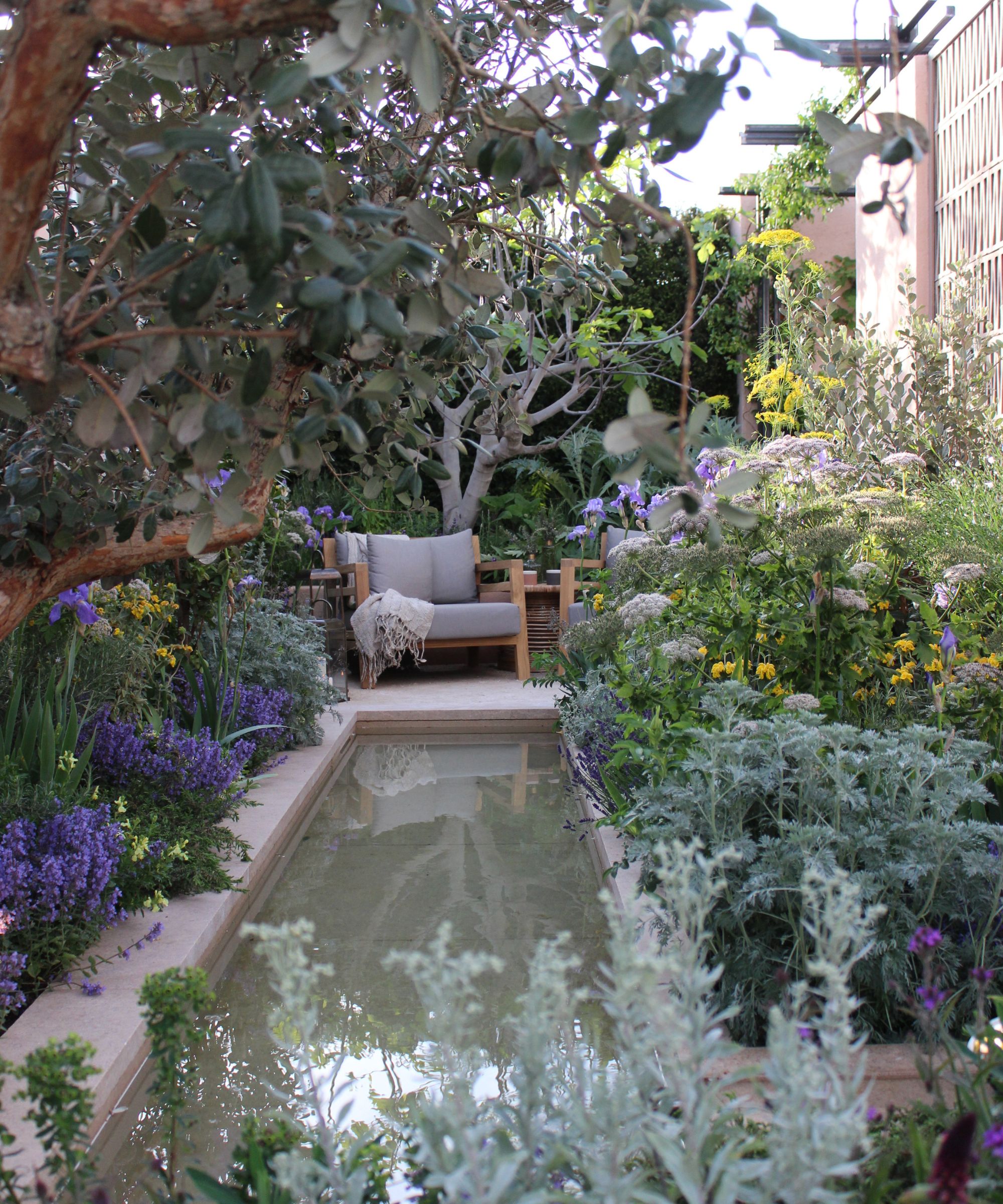
Floral, sweet, musky, earthy, sharp, reminiscent of favourite childhood gardens or sunny holidays, plants have hugely different scents. 'You may, for example, find you have a preference for the muted smell of shrubs and find sweet scents too much,' says Mark. 'Or, you may love intense floral scents and want lots of them.'
The number and position of scented plants in a fragrant garden is important. Having lots of different scented plants can be too intense if you’re keen on calming garden ideas. Think also about the proximity of scented plants to each other and how breezes might move scents around your fragrant garden.
And, above all, plan your fragrant garden for enjoyment. 'Always try to position some kind of seat in the midst of your fragrant planting, so you can relax, unwind and enjoy the scents after a busy day,' says Catherine Clancy, founder of Catherine Clancy Garden Design.
What are the best plants to include in a fragrant garden?
1. Lavender
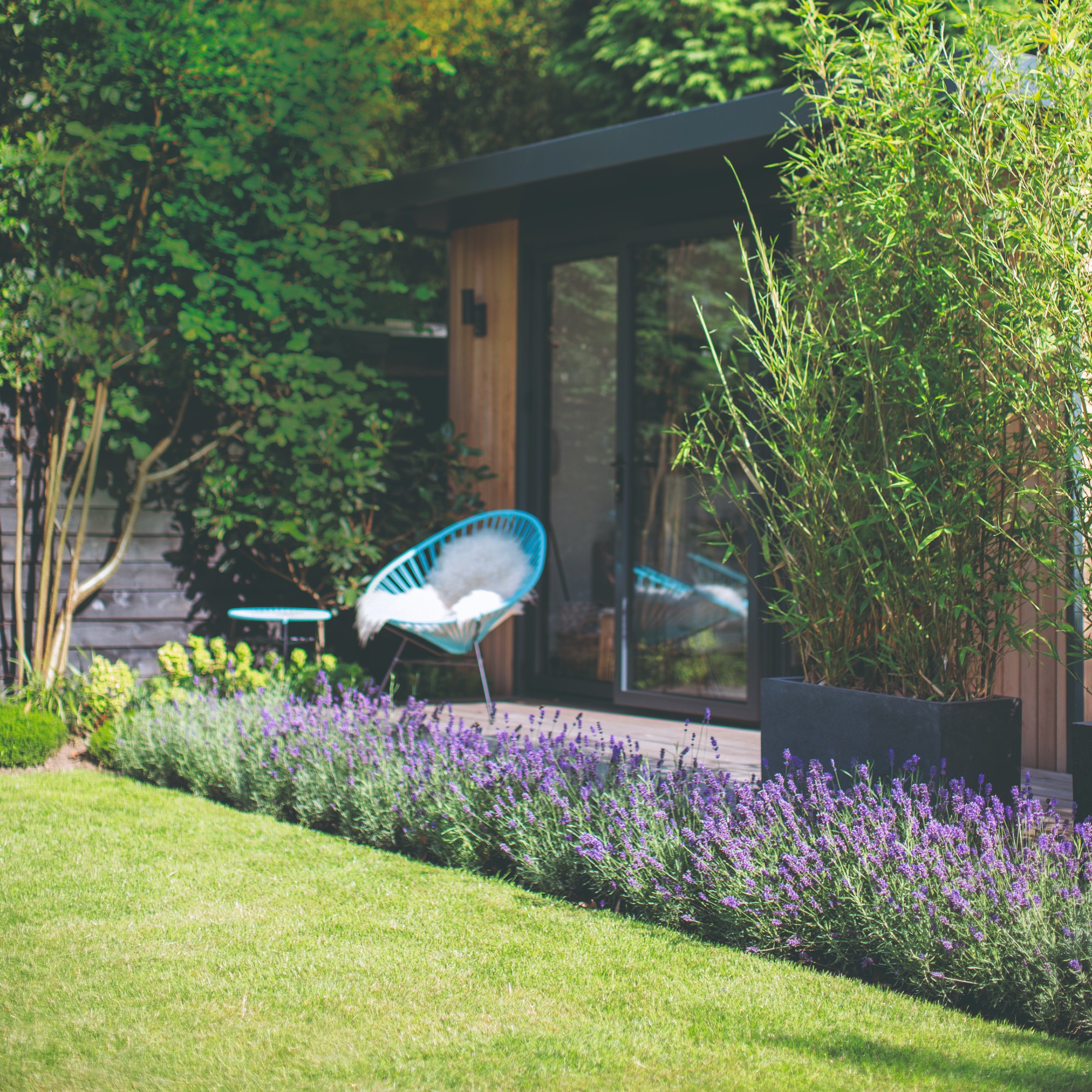
Growing lavender is easy, whether it is in pots or your garden border ideas. It comes in a huge range of varieties, and shades, from the deepest purple to pure white. Always plant it in the sunniest part of the garden, and if not in a pot, then choose free-draining soil.
'Lavender is a real hard-worker, it’s scented all year round,' says Mark. 'The scent is strongest, though, when it is in full bloom.'
2. Magnolia
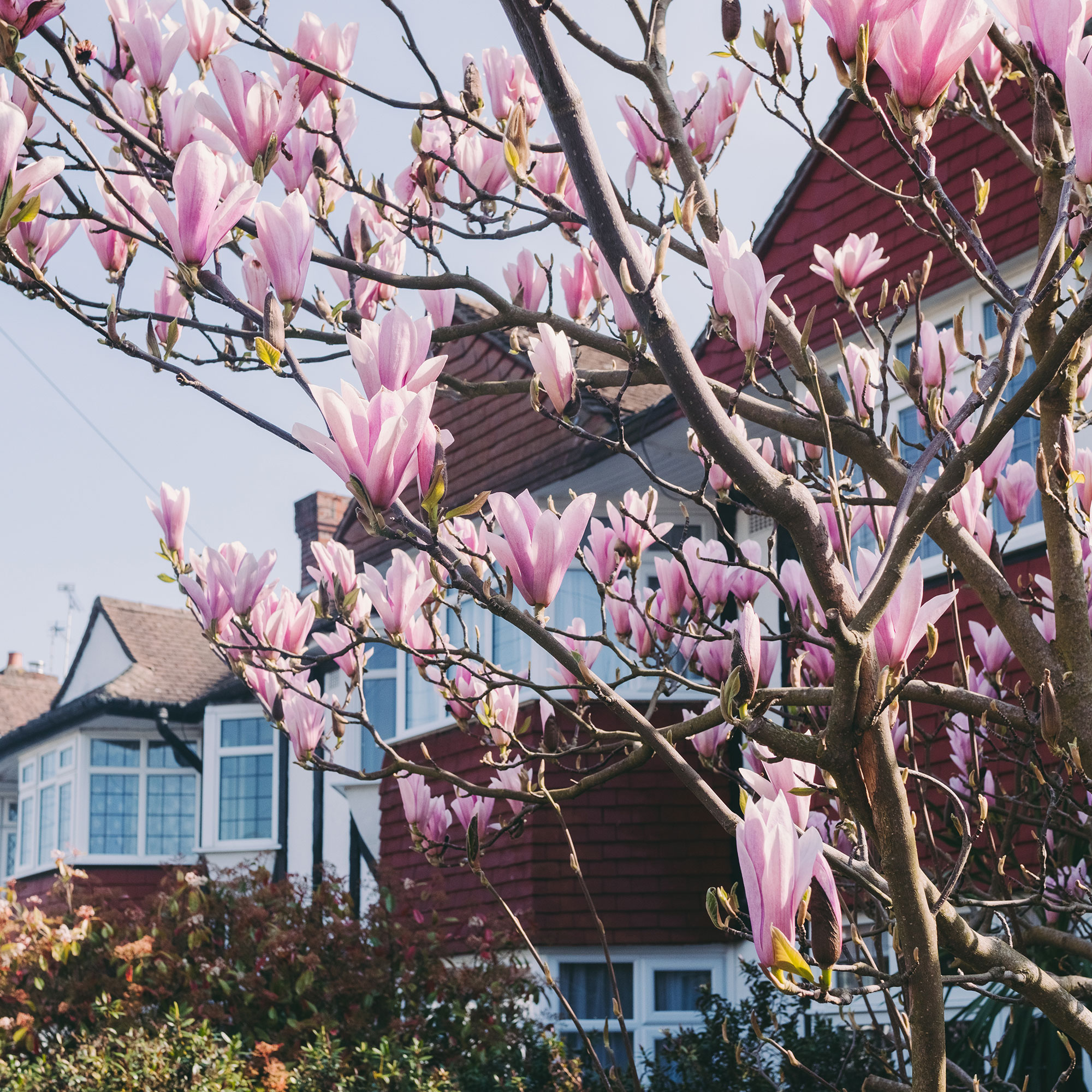
Flowering from March/April, the magnolia, a small tree/large shrub, is a proper harbinger of spring. Preferring acid to well-drained soil, it won’t grow too big to become unmanageable.
'I love the multi-stem Magnolia Susan, for its vibrant pinky-purple fragrant flowers that attract bees and other pollinators in the spring, providing a much-needed source of nectar earlier in the season,' says garden designer Emily Crowley-Wroe, founder of April House Garden Design. 'Placed in a slightly sheltered position to help protect against wind and frost and in sun/part-shade is best. For a sensory experience plant it where you can catch its musky perfume on the air near an entrance/exit, pathway or seating area.'
3. Mixed herbs
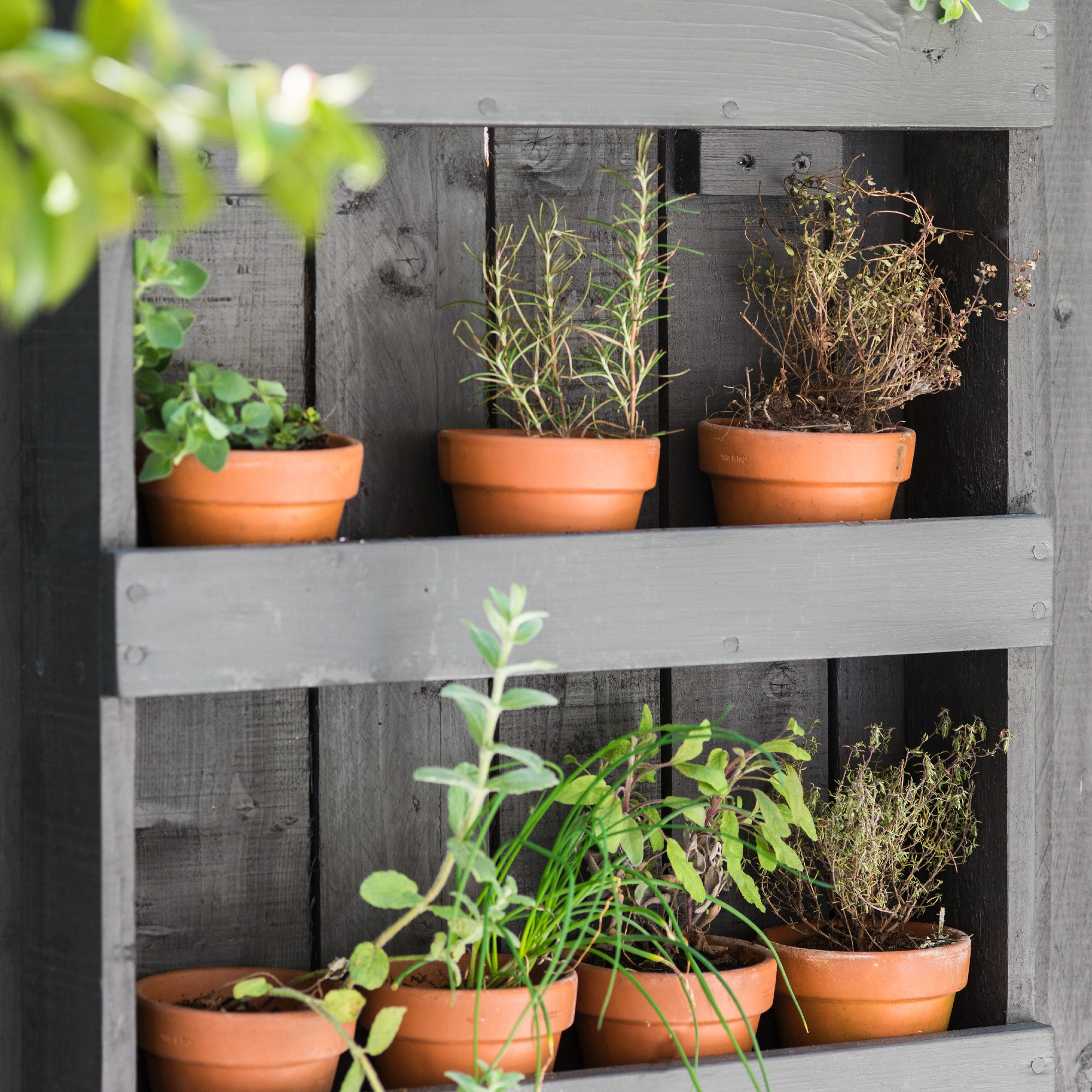
There are so many herbs you can plant together in a fragrant herb garden idea and these edible crops bring delicious benefits. 'With most herbs, you’re looking to plant in full sun,' says Emily. 'Aim for as near to the kitchen or a seating area as possible where you can brush their leaves and release their wonderful scents.'
Good herbs Emily recommends for fragrance include citrus-green marjoram – particularly fragrant in summer, when heat releases its sharp scent and purple sage (Salvia officinalis Purpurascens), enjoying aromatic grey-green leaves with spires of lilac-blue flowers in early summer.
She also likes fennel (Foeniculum vulgare): 'Fennels die back in winter but soon spring up again with new fluffy green foliage. Leaves are fragrant when rubbed and the seeds that follow the flowers are aromatic. It’s tall so use as a foil for other plants, as a centre or back piece. Fennel likes to self-seed freely so lift seedlings or plant where you don’t mind it popping up.'
Evergreen rosemary, its needle-like foliage used to flavour roasts, stews and bread, is another herby recommendation: 'Depending on the variety, rosemary may need protection in harsh winters, but has purple-blue flowers from mid-spring to early summer.'
4. Roses
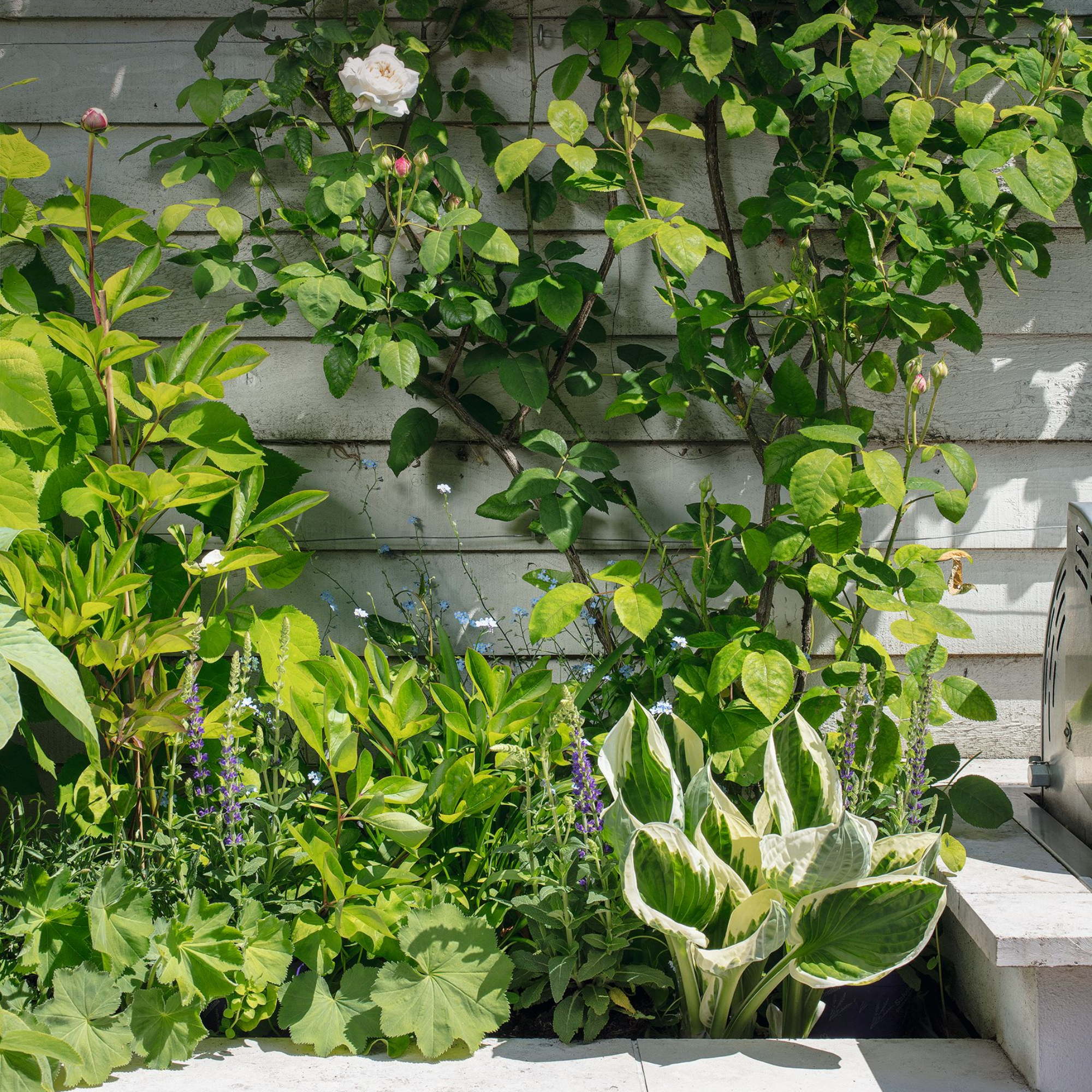
There are so many wonderfully-scented roses, it’s hard to pick out top recommendations for a fragrant garden. But a good scented shrub rose for beginners is the Graham Thomas from David Austen, says Guy Barter, chief horticulturist at the Royal Horticultural Society: 'It has double, deep yellow scented flowers and repeat flowerings so you get flushes of colour throughout the season - as long as you deadhead - growing to about 1.2m with an arching habit.'
For a climbing rose, Barter recommends the Warm Welcome available from David Austen, with small, fragrant deep orange semi-double flowers, and the Super Elfin, a rambler with small red flowers and a delicate scent.
5. Salvias
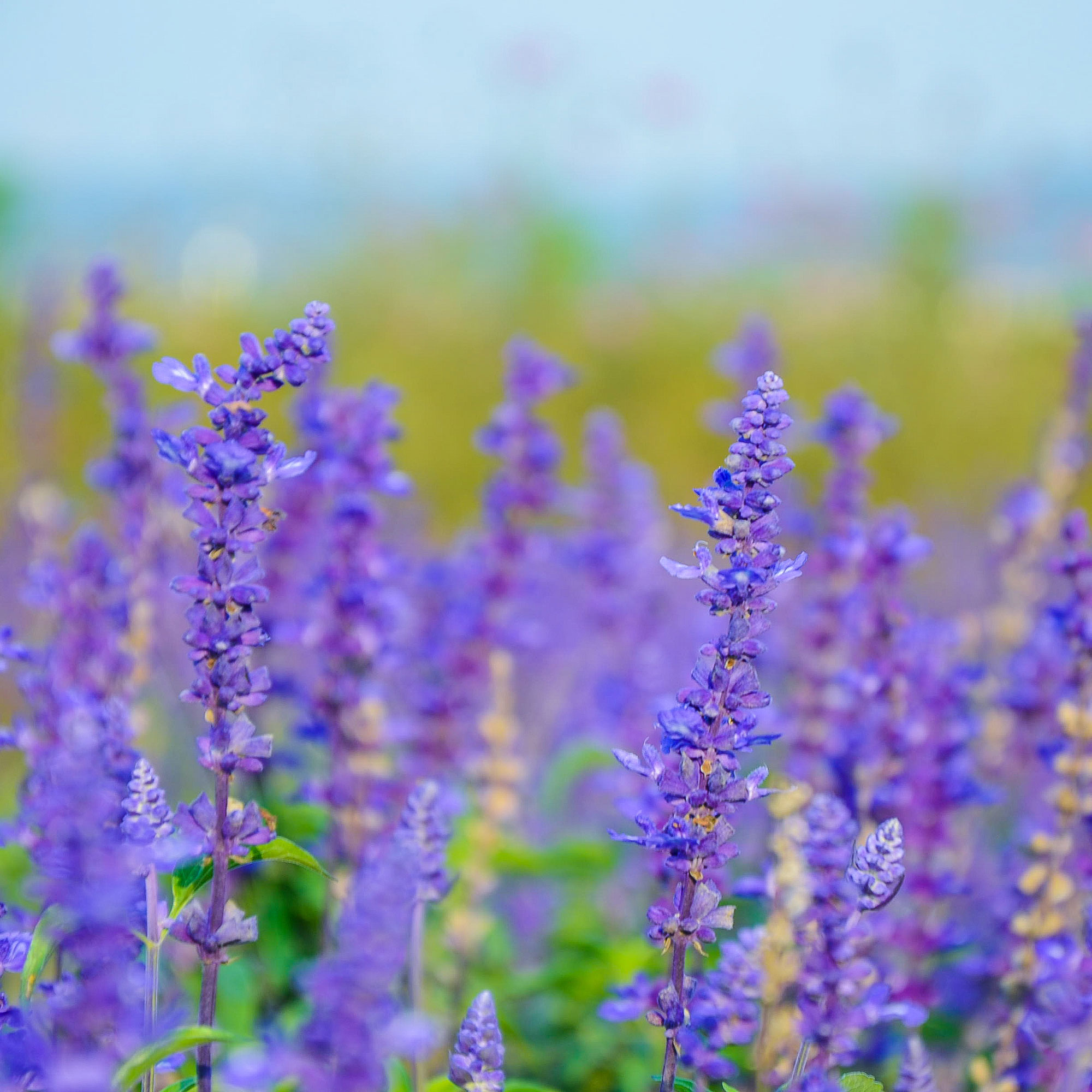
This reliable cottage garden idea staple might not be an immediate choice for a fragrant garden, but all salvias release fragrance, says Emily. 'One of my favourites for colour – it’s a dark plum shade - and with a sweet minty-blackcurrant scent is Salvia x jamensis ‘Nachtvlinder’ (available from Sarah Raven). Let it spill over paths or pots so that when you brush past it the fragrance is released.' It likes a full-sun site.
Emily recommends protecting this salvia with a mulch or fleece over winter, because it can die in hard frosts – so take cuttings in April, August or September as insurance.
6. Wisteria
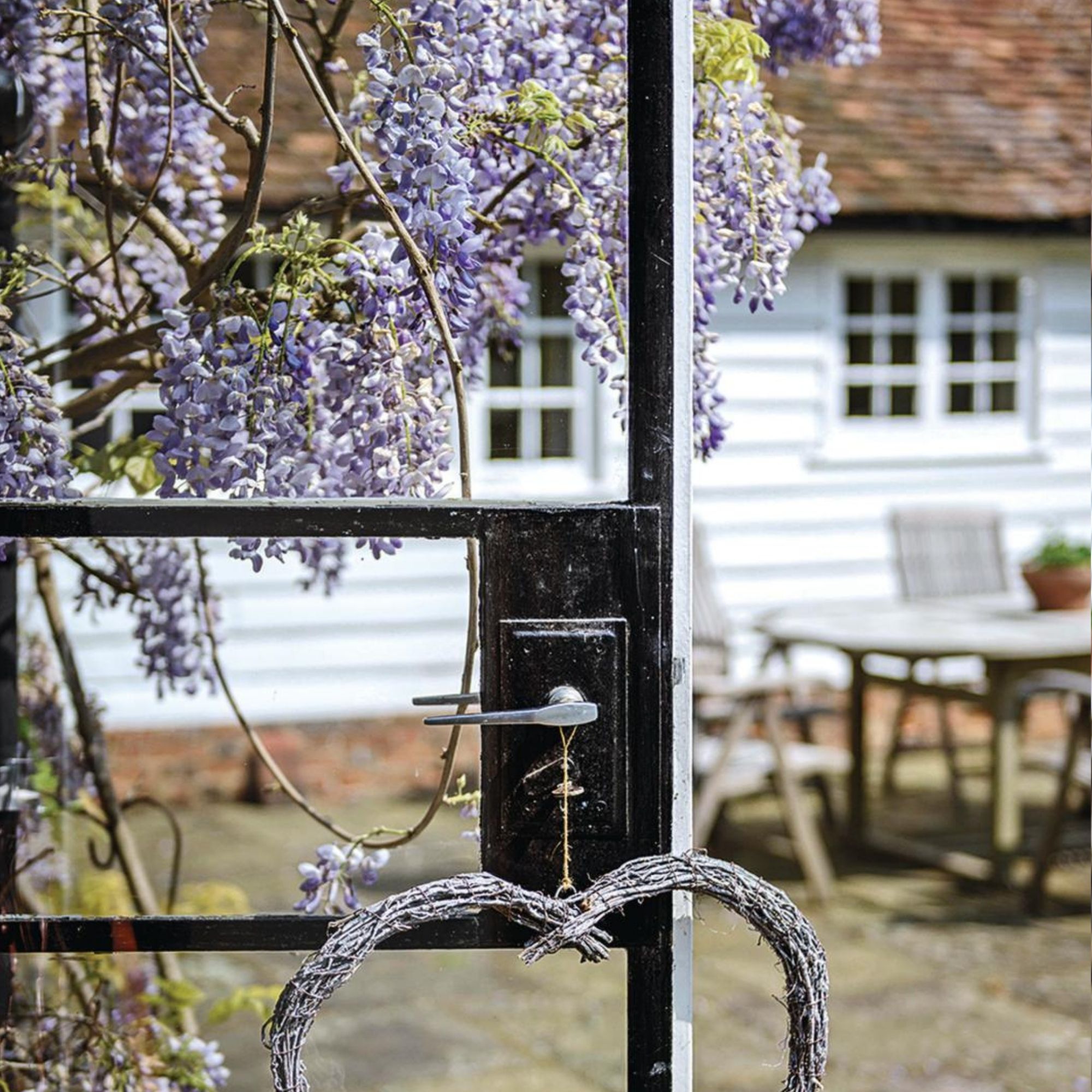
'My number one climber for dreamy scent, colour and drama, is wisteria (Wisteria Sinensis Prolific),' says Emily. 'Wisteria has an air of romance to it especially when it catches the early morning and late sun. I train mine up the front of the house wall and around my bedroom window so I can enjoy the scent first thing in the morning when I open the window.'
Wisteria – available in rich blue-ish purples through to white varieties, with scents from sweet to musky - are vigorous plants but unless you have a potted compact variety, will require support, so growing the purple plant up a wall or over a building is ideal. It also needs pruning (twice a year) to ensure good full blooms return, Emily advises, and likes full sun and moderately fertile soil.
7. Winter Daphne
'Daphne odora (Winter Daphne) has the most incredible scent - in my opinion, the most lovely among flowering shrubs!' Tom Murphy, director and lead designer at Compass Garden Design.
'It is a deeply floral scent but with a hint of citrus which elevates it beyond more common garden fragrances.'
Winter Daphne likes full sun in a sheltered position. Small pink flowers appear in winter through to spring. 'So, it’s guaranteed to brighten your mood on a cold, damp day,' adds Tom. 'I like to plant Winter Daphne or place in pots by front or back doors so you get a hit every time you leave the house, magic.'
Tips for creating a fragrant garden
1. Plant up pots
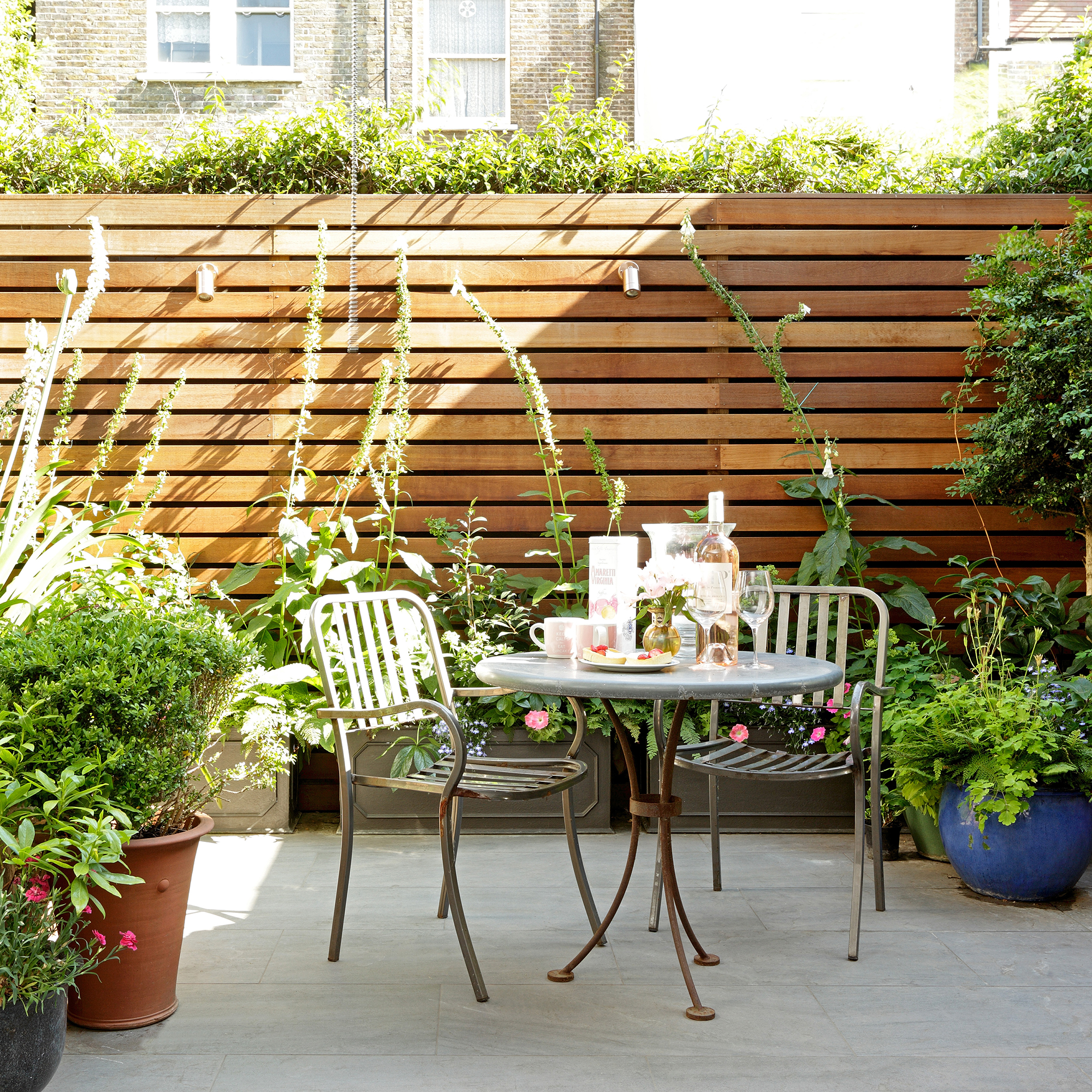
An instant way to bring fragrance into your garden is to plant up pots with sweet-smelling plants. Container garden ideas are also ideal if you have limited space, says gardener Sarah Raven: 'Scented leaf pelargoniums such as ‘Attar of Roses’ look utterly fabulous in pots, therefore an absolute must-have in small spaces like patios or balconies.'
Not only does this pretty pelargonium have a delicious scent, it’s edible too, and makes most divine cordial and herbal tea, adds Sarah: 'Both are favourites here at my home in Perch Hill [her garden in Burwash, east Sussex].'
2. Line a path with herbs
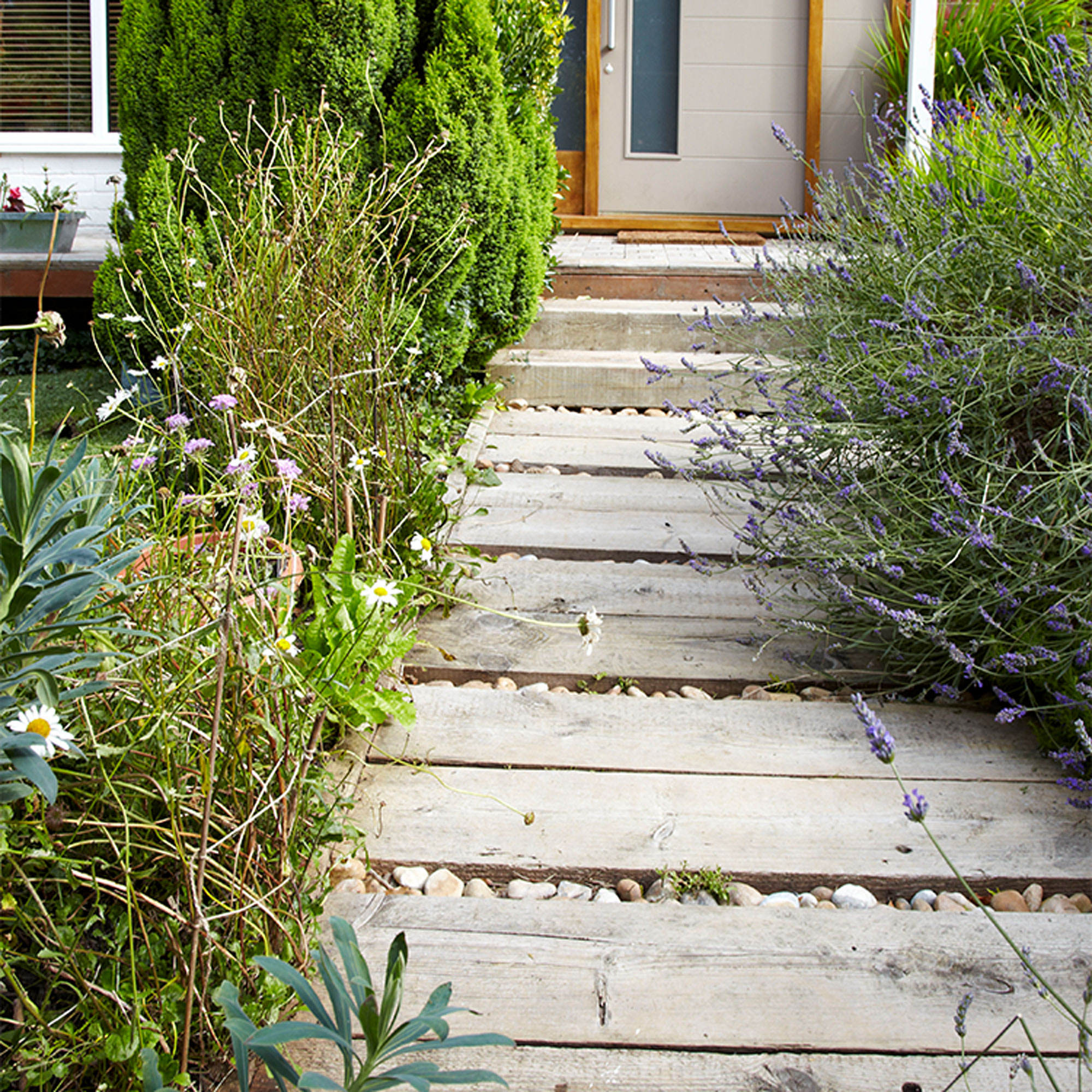
A garden path idea lined with herbs is a lovely – and practical - feature to include when you’re planning a fragrant garden. Use home-grown fresh herbs in cooking, or simply crush leaves in your hand to release uplifting aromas as you pass by.
Choose hardier herbs such as mint, rosemary and thyme, which can withstand frosty ground temperatures. Or, grow more tender herbs, such as lemon verbena, in pots or at the front of raised planters along pathways, Catherine suggests, so their scent is released when you brush past them.
'Golden marjoram is fabulous for bright and zesty lime year-round colour and scent and is particularly fragrant in the summer,' says Emily. 'I plant it in containers, raised beds and in the front of borders where it fills gaps quickly, provides colour and scent.'
4. Include arches of scented climbers
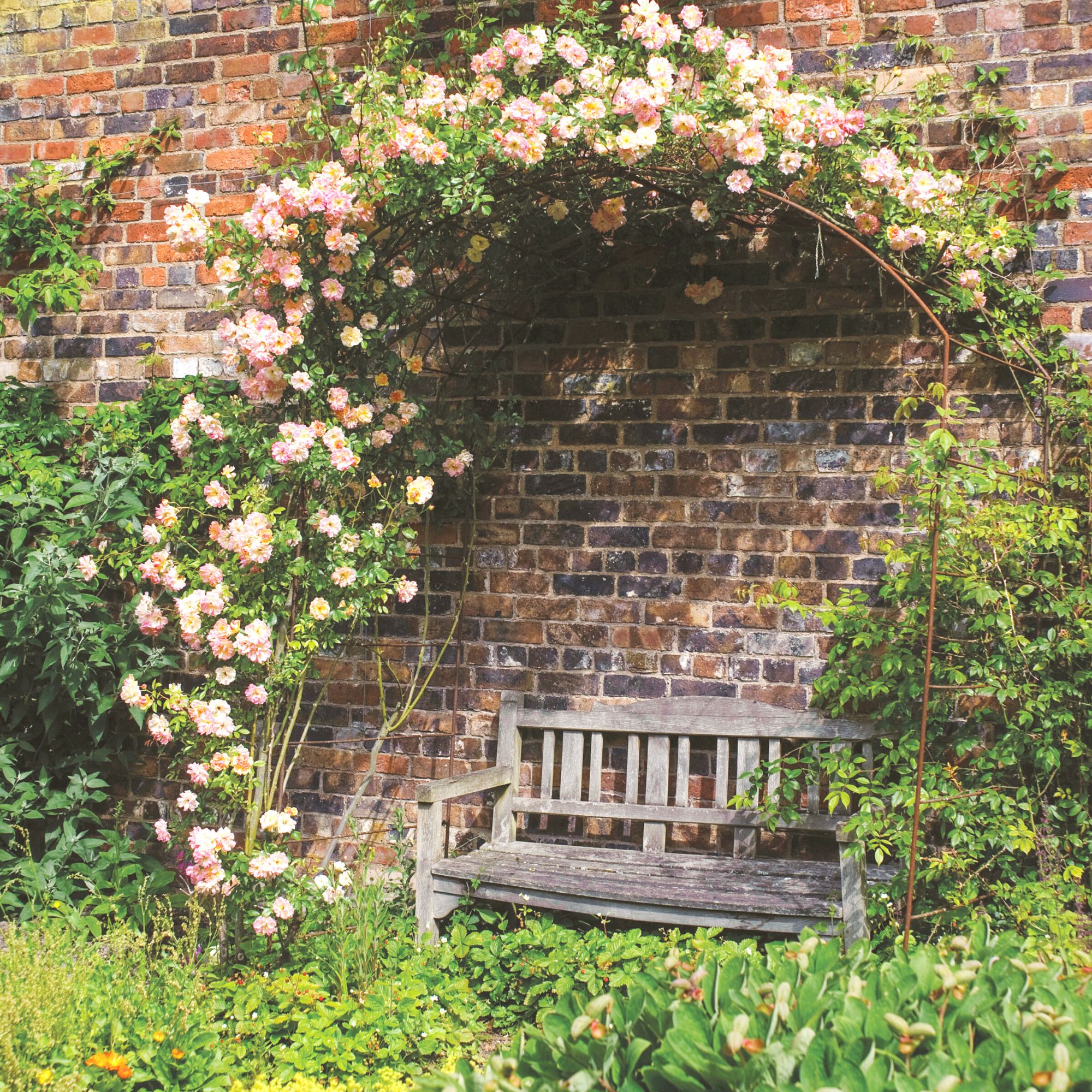
One of the most relaxing garden ideas for a fragrant garden is to include arches of scented climbers which will immerse you in scent. “Place fragrant climbers over pergolas and in archways near entrances to the garden so their scent will invite you in,” says 'Immersive fragrant planting either side of a pathway, perhaps with climbing roses or sweet peas, is a fabulous way to enjoy the experience.'
5. Let scented plants scramble over a shed
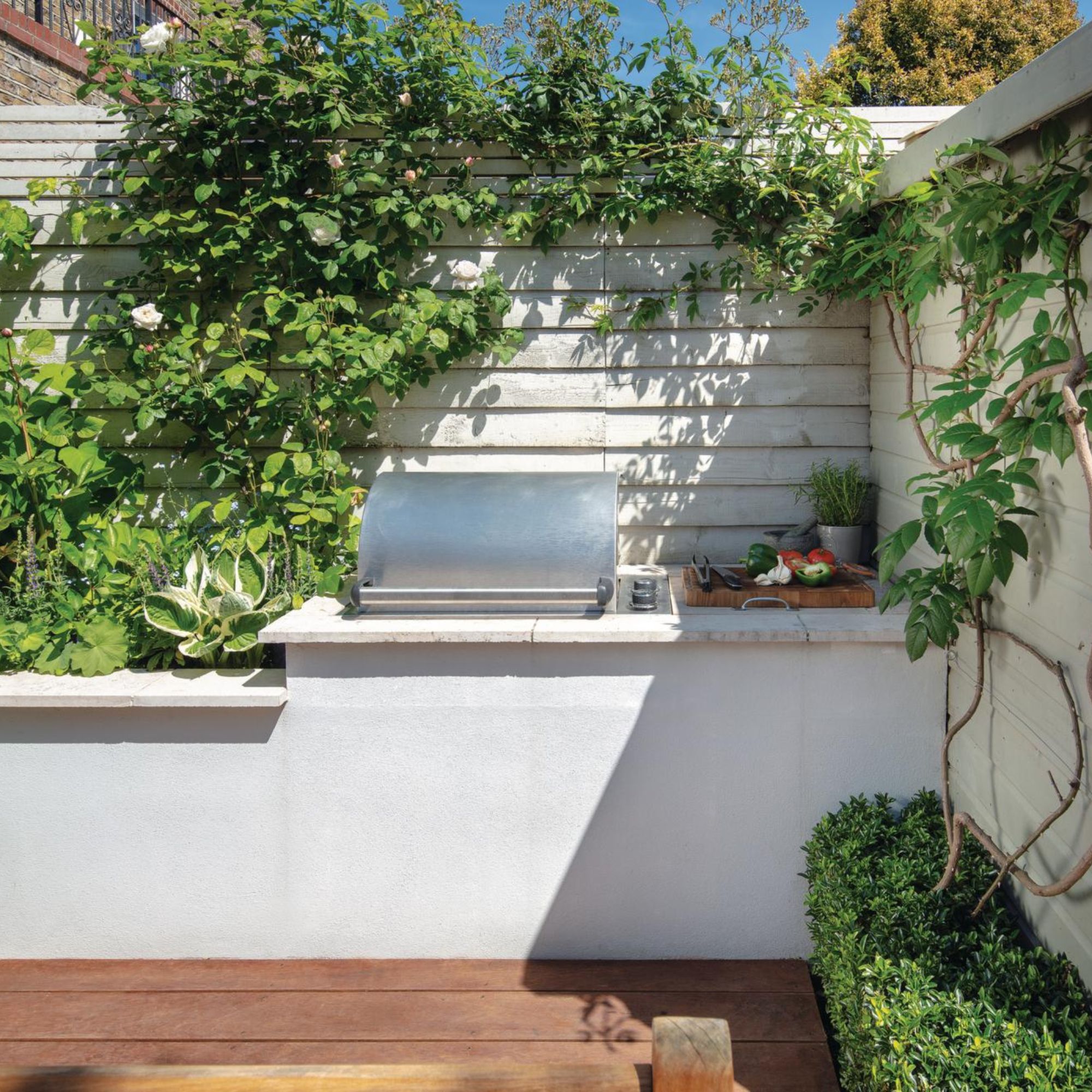
Honeysuckle is a wonderfully vigorous climber for a fragrant garden; the scent can range from soft and soapy to rich and luscious, depending on the variety.
It loves a spot with sunlight and light shade. 'For this reason, growing honeysuckle up a garden shed or outbuilding provides the perfect environment for blooming,' says Laura Juniper, spokesperson for Garden Buildings Direct . 'The hardy honeysuckle plants can tolerate a range of weather conditions throughout the year.'
Or, if your fragrant garden has a hot and happening colour scheme, what about the vibrant orange shades of a Trumpet Vine plant? 'This is a perfect choice for growing up a garden building to provide some colour and fragrance to the space,' says Laura. 'The eye-catching plants are sturdy enough to withstand winter conditions and then bloom again in spring. The warmer the temperature, the more profusely the Trumpet Vines will grow and continue to bloom.'
5. Don’t forget foliage
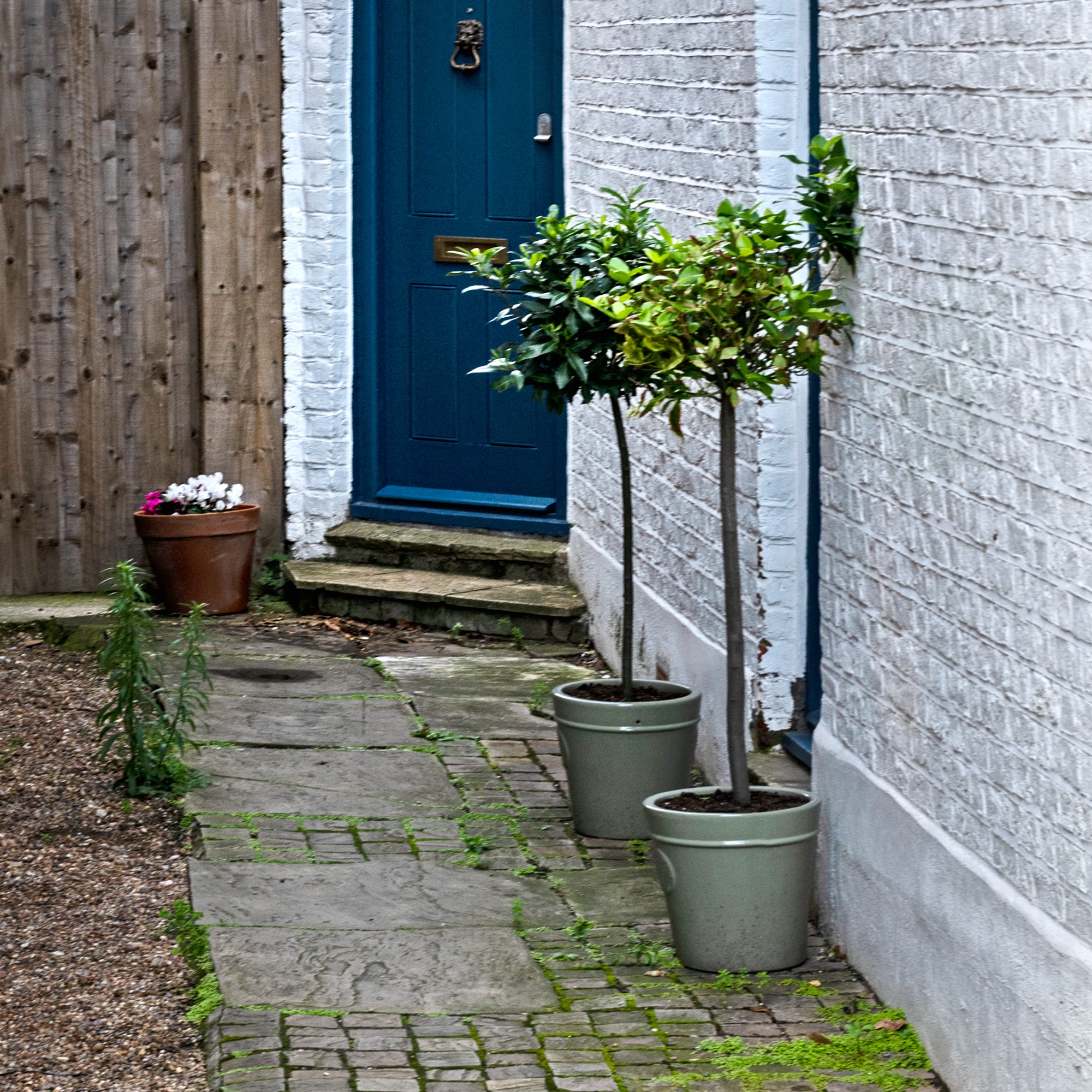
Foliage is an important part of any fragrant garden. From growing a bay tree in a pot for kerb appea, to the shrubby curry plant (Helichrysum italicum) which will thrive in poor soil in full sun with pretty yellow flowers and delicate silvery fronds bringing a peppery perfume to the air, there’s fragrant foliage for every spot.
6. Create scent zones
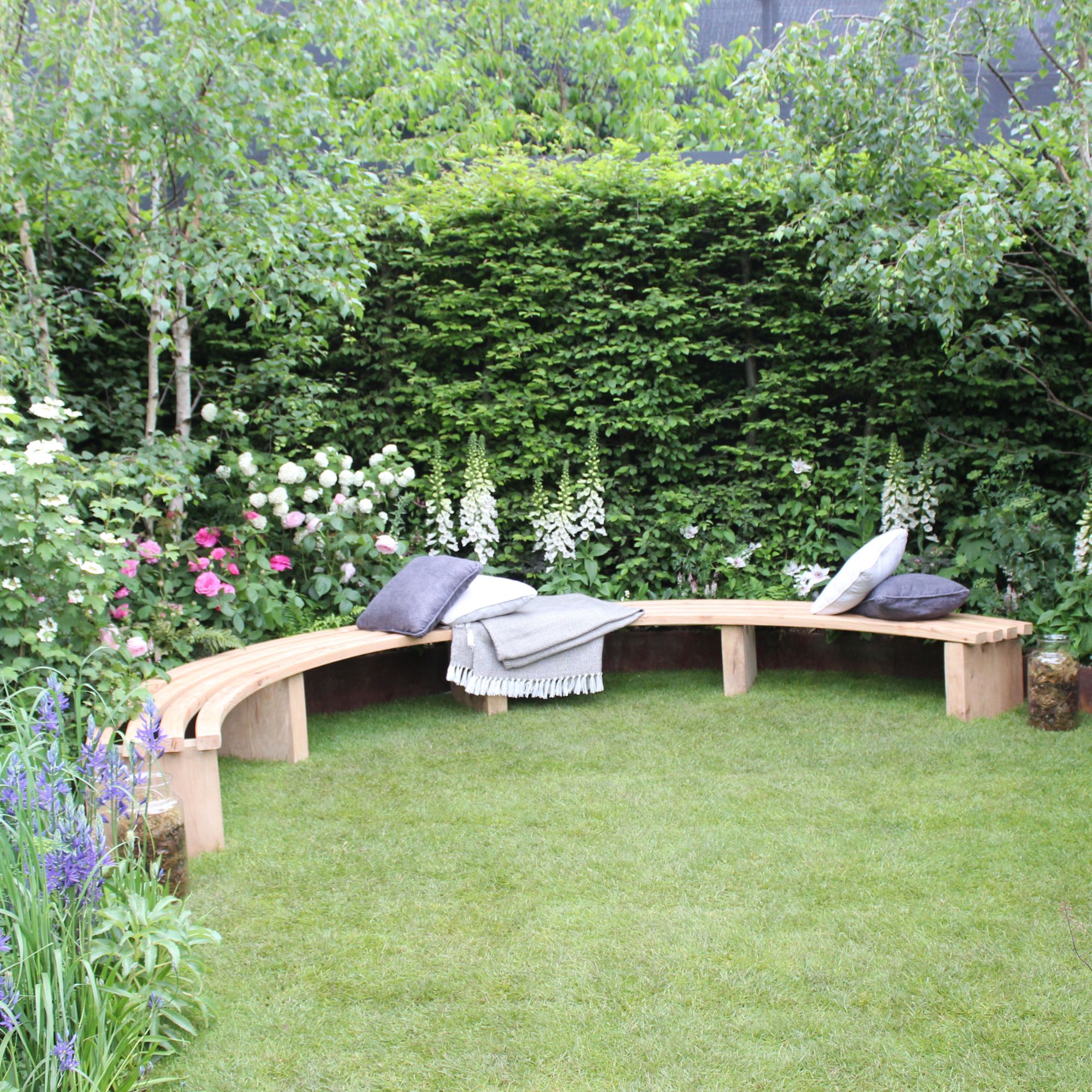
You might like to include small zones of scent in your fragrant garden that support different purposes; if you’re keen on Zen garden ideas, perhaps one area could focus on calm and peace, whilst another area stimulates the senses with zesty tangs.
Try and group together scents that work to support each other. This will intensify the aromatic atmosphere. Also, some areas of the garden may be better-suited to fragrant plants than others. 'If you have a sheltered area of the garden, growing scented plants here can help contain the fragrance,' says Mark. 'If you are including scented plants in a large border, position smaller scented plants at the front so you can enjoy them as you pass.'
FAQs
What is the most fragrant garden plant?
'Trachelsospermum ‘jasminoides’ (Star Jasmine) is one of the strongest perfumed flowers in my garden and is great in pots,' says Sarah. 'It’s an evergreen and reliably hardy so can be kept outside all year round.' She loves its heady scent, which gains intensity through a warm day to provide a gorgeous enveloping perfume when evening falls. You can order a Star Jasmine plant online from Primrose, alongside other garden retailers.
For evening fragrance, Sarah also likes “Nicotiana ‘sylvestris’ and Nicotiana ‘grandiflora’. 'Both are fantastic scent-providers from dusk to dawn,' she says. 'Nicotiana sylvestris is tall and stately with elegant, long, white trumpet flowers. It’s a brilliant flower for both borders and cuttings, with a delicious evening scent. Consider putting it below your bedroom window, and the scent can drift into your home.'
Nicotiana ‘grandiflora’ are the most highly scented tobacco plant you can grow, Sarah adds: 'These are moth-pollinated, so pour out a divine fragrance when moths are around. The plant’s delicate, creamy white flowers wilt in bright sunlight, so best planted in a shady spot.'
Sarah also recommends 'Lilium ‘regale’ (Royal Lily) as glamorous and “magnificently fragrant,' with white petals that glow on summer evenings.
The key to making a fragrant garden is to have scented plants throughout the year, according to expert Catherine. 'Choose shrubs such as mahonia, the purple-flowered daphne bholua and its vintage perfume, Sarcococca, with its sweetly-scented white flowers, and lonicera fragrantissima (winter honeysuckle) for powerful scent in the depths of winter,' she says.
'Roses, lavender and philadelphus (mock orange ) are among the many shrubs for summer scent. And freesias, hyacinths and varieties of daffodils are all essential elements of a fragrant garden in early spring.'







